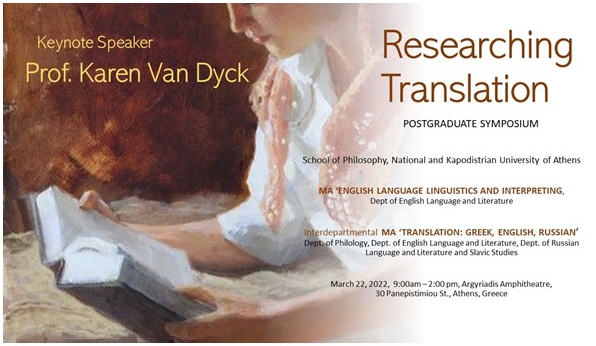Description
Charikleia Smyrli
Greek translation approaches to A. Pushkin’s Boris Godunov
The play (1825), comprising 25 short scenes, has idiosyncratic features like old registers, orality and social dialects corresponding to the social stratification of the time the play refers to. The question arises how translators transfer these features and what their reception may be by present-day audiences. The study examines rendition of these features in Greek target versions of. Pushkin's play Boris Godunov (Axiotis 1893, Antaios c. 1991-1998, Ksydas 1993 and Makri 1943/Lympis 2005). The 1943/2005 version seems to have been a performance translation potentially manifested by omissions the text displays. The target version which seems to be more aware of socially induced linguistic variation, in the way characters behave, is the 1893 version, which uses formal language to signal high status. The two target versions in the 1990’s, make use of simpler diction and are found to be best received by present day audiences. The significance of the study lies in that it shows that the driving force behind translation options is translators’ awareness of audience needs and expectations, which vary intra-culturally across time periods. Keywords: Russian literature, Greek translations, rhythm

